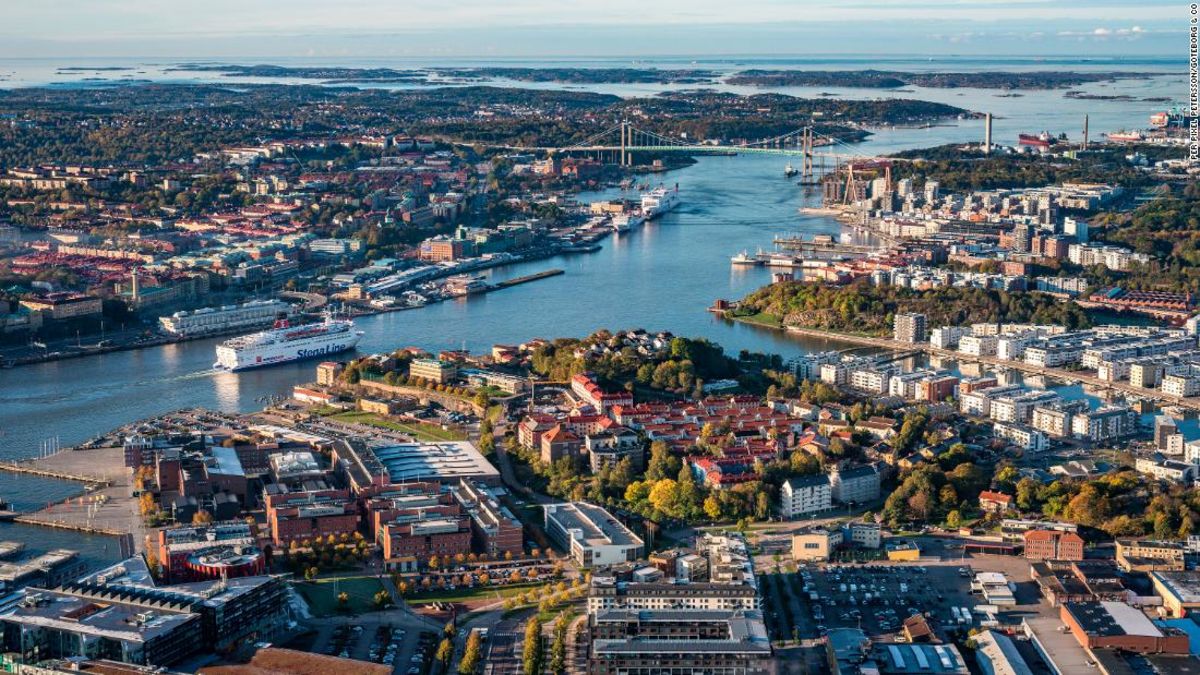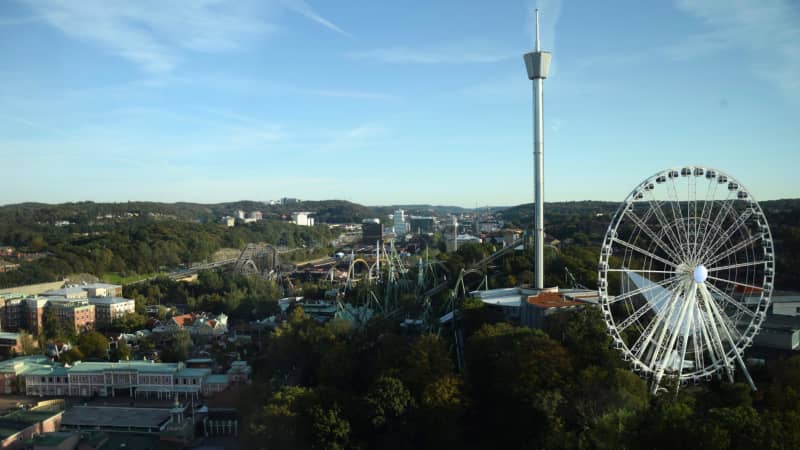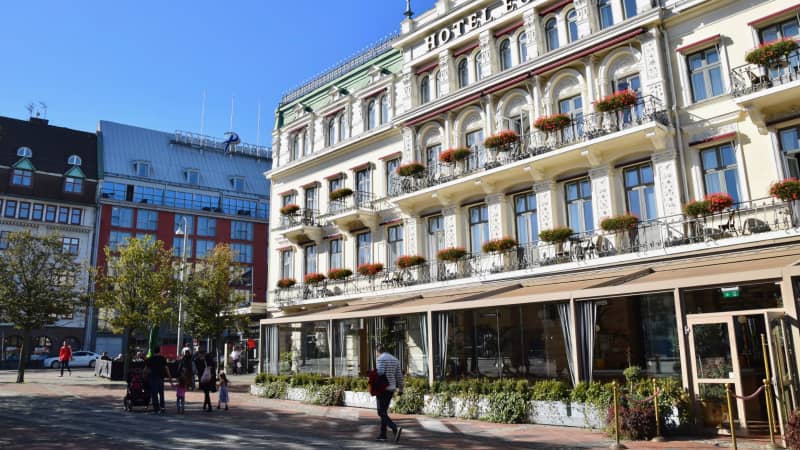Products You May Like
Gothenburg, Sweden (CNN) — Halfway between Copenhagen and Oslo, on a rocky Swedish coastline, lies the largest non-capital in the Nordics.
Gothenburg has always played second fiddle to its big sister Stockholm. Historically seen as a lesser city — more Volvo-industrial Sweden than sexy Spotify Sweden — this salty seaport has spent the past few decades completely reinventing itself after the collapse of its vital shipbuilding industry in the 1970s.
The city does retain some of its industrial roots, but it’s also a youthful university town, a high-tech research hub and, most importantly, a leader in sustainability whose population is expected to balloon by a third over the next 15 years thanks to its increasing allure.
Despite the superlatives, Katarina Thorstensson, head of sustainability at tourism board Göteborg & Co, says “we try not to rub the word sustainability in peoples’ faces, but rather communicate it in the atmosphere.”
“To us, sustainability is very much about making a livable and a lovable city,” she explains. “If the people of Gothenburg like living here, then other people will probably like to come here, too.”
Gothenburg is a green city, in part, thanks to its closeness to forests and parks, but also on account of its compact layout and plentiful public transportation, 65% of which runs on renewable energy.
So what does all of this eco-mindedness look like in practice? Here’s how you can eat, drink, sleep, shop and explore the greener side of Gothenburg.
What to do
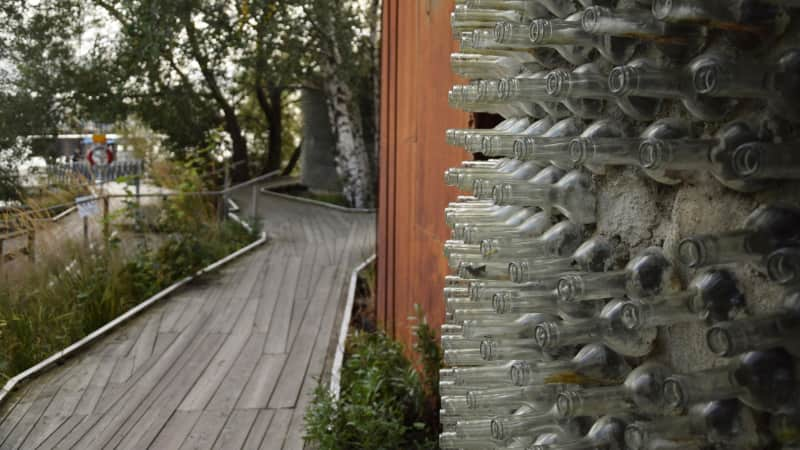
Jubileumsparken features a free public sauna with changing facilities made from recycled bottles.
Mark Johanson
Gothenburg claims an astounding 274 square meters (2,950 square feet) of green space per citizen. That translates to loads of urban parkland to visit on a (not so rare as you’d think) sunny day.
Vast Slottsskogen is ideal for serene forest walks, while Keillers Park offers hilltop strolls and soaring views over the bustling harbor. Sinewy Kungsparken is the most central of all. It forms a green girdle around the heart of town, lying on land that once held ramparts protecting Gothenburg from pesky Danish invaders.
Anyone can come here to swim in the public pool, bathe at a city beach, grow food in the urban garden, try out roller derby or sailing, or just relax by the water — all free of charge. There’s also a highly Instagrammable (and free to use) public sauna whose changing facilities were made from 12,000 recycled bottles.
Where to eat and drink
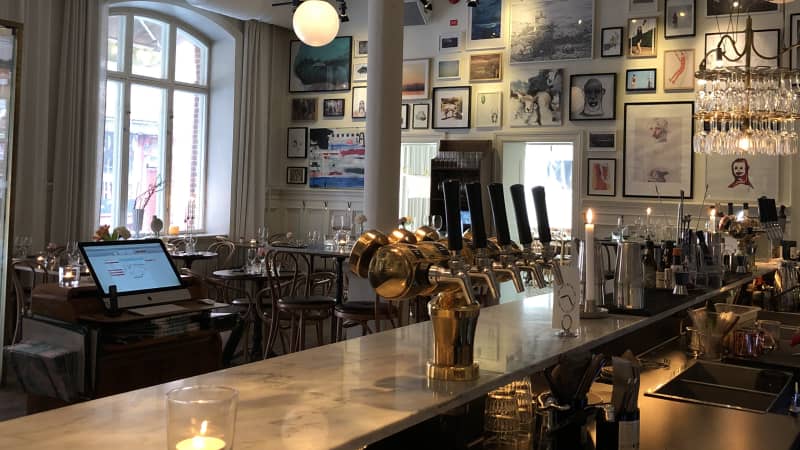
Taverna Averna sources organic produce for its creative thin-crust pizzas and salads from its rooftop garden.
Mark Johanson
If Swedes have one national obsession it’s fika, which translates to “a cake and coffee break” but is so much more than that in reality. Fika is a daily social ritual, an attitude and a Swedish state of mind. It’s also a delicious injection of caffeine and sugar that keeps the country running.
Wherever you go, briny crustaceans like crayfish and lobster from the nearby Bohuslän Coast are your best bet for true locavore cuisine. The critters are so fresh here you only need lemon and butter for seasoning.
Where to sleep
A staggering 92% of all accommodation options in Gothenburg are eco-certified by regional sustainability organizations, so you can sleep easy knowing that your hotel is doing its part.
This glittery highrise hotel by Liseberg not only receives its energy from wind power, but also recycles 94% of its waste (leftover food goes to a local charity, while scraps are converted into the biogas fueling ovens in its five restaurants).
